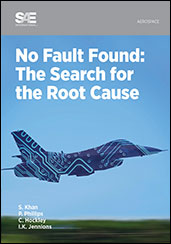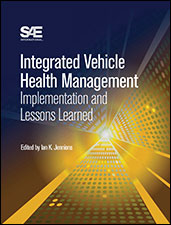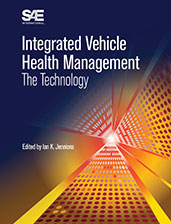Book

The World of Civil Aerospace
2019-05-28
Collaboratively written by eleven experts with extensive experience in the field of commercial aviation, The World of Civil Aerospace is a unique book that defines its own category. Covering the beginnings of commercial aviation, aircraft design and certification, manufacturing and testing, airline operation, maintenance and safety, among other topics, The World of Civil Aerospace shows the reader the fundamental (yet almost invisible) aspects of how the planes and airports we use every day actually function. The title, edited by Prof. Ian Jennions, from Cranfield University in the UK, came about from the desire to share the inner workings of what it takes to create, test, approve, certify and launch a new aircraft. Not mention how to maintain it and make the user experience of flying it positive. With the commercial aviation industry expected to continue to grow for decades to come, the challenges of keeping aircraft in the air safely, reliably and economically are enormous.





